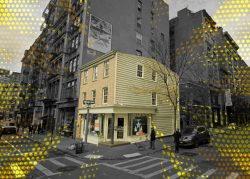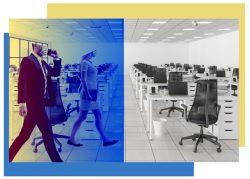Word on the street is that retail is gearing up for a comeback.
Real estate brokers say they’re seeing signs of revival on commercial strips, with entrepreneurs looking for deals as rents drop and vaccination rates rise, The City reported.
Leasing activity is heating up for vacant storefronts that could fill up with restaurants and shops related to health, pets and home delivery. Owners of home decor shops, which have boomed during the pandemic as people spruced up their abodes, are also searching for deals to score more space, the publication reported.
“No one is asking for the kind of rents they did in 2019,” one owner told the publication. “That reduction in operating costs and reduced capital costs of opening in second-generation restaurant spaces means that New York is preparing for one of the best opportunities for restaurant openings in a long time.”
The average asking rent has fallen 10 percent in the past year to $652 per square foot in areas CBRE tracks — the lowest in a decade. With foot traffic down and occupancy limits still in place, some landlords are offering concessions and sales-based rent in the early years of the lease, the publication noted.
Read more



New York City suffered a nearly 16% drop in employment over the past year coupled with a near-total loss of tourists and in-office employees. Small businesses, especially those in the leisure and hospitality sectors, have been shuttering or scraping by on Payroll Protection Program loans.
The latest Partnership of New York City survey found 10 percent of Manhattan office employees had returned to the workplace as of early March — unchanged since October. Employers estimated that 45 percent of workers would be back by September.
[The City] — Cordilia James
